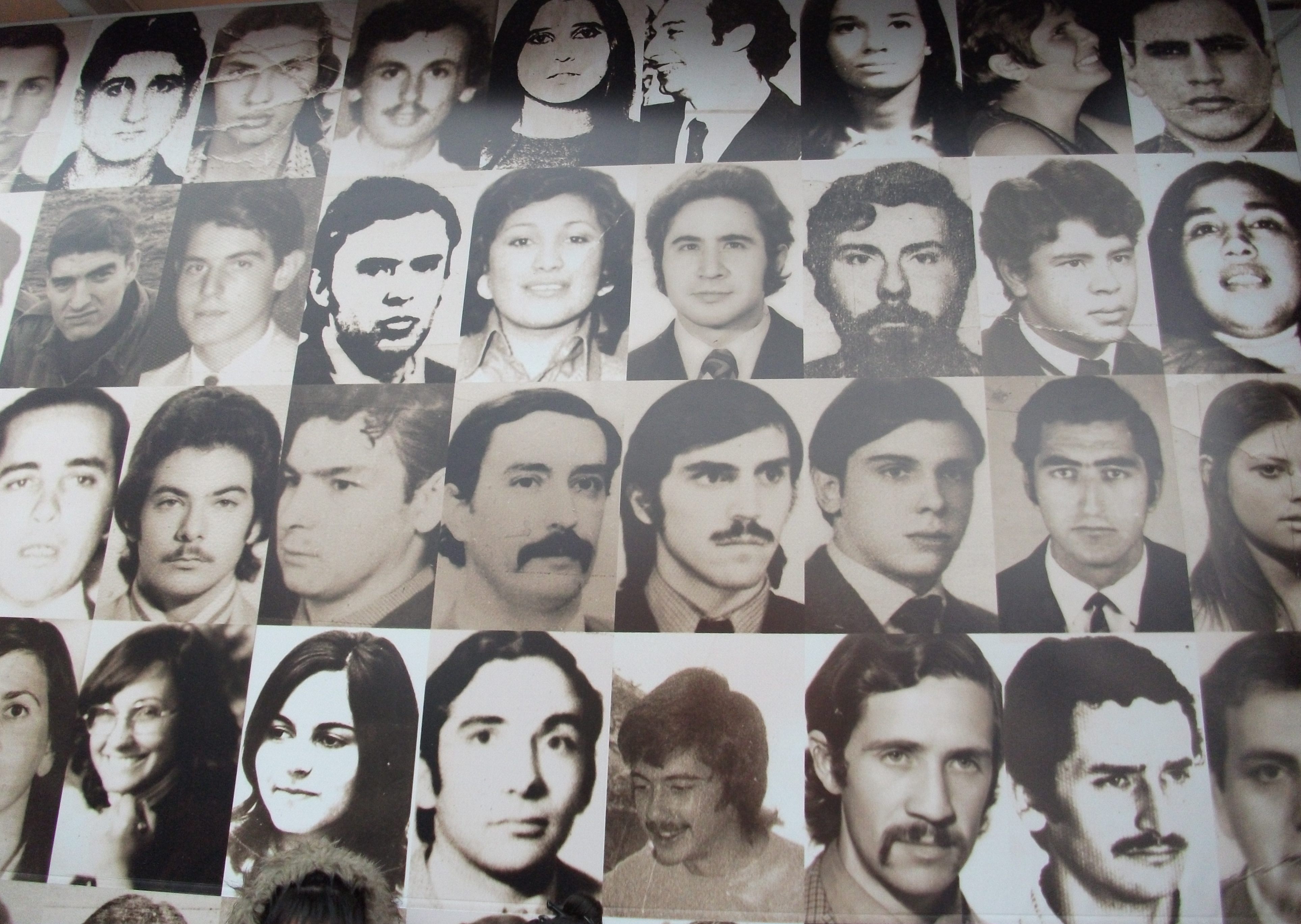 |
| Automotores Orletti |
In the first of eight major human rights trials currently getting underway, a three-judge panel in Buenos Aires took up a case on June 3 in which six former military and intelligence officials from the 1976-83 dictatorship are charged with the illegal kidnap, torture, and murder of suspected political opponents from Uruguay, Chile, and Cuba.
The victims were among the 30,000 or so opponents of the Argentine regime who were disappeared during the Dirty War.
The case is “Automotores Orletti,” named for the Buenos Aires auto repair shop the dictatorship used as a ghastly clandestine “detention center.” One of many such facilities across the country, its kidnap victims were tortured with repair shop machinery and tools.
As most of the victims of this particular detention center were foreigners, Automotores Orletti serves to highlight the regional context of the Dirty War – part of a nearly continent-wide war waged on Communism by South America’s dictators at the encouragement of the United States government.
Operation Condor, named for the South American bird of prey, produced a solid block of state terrorism in which Argentina, Brazil, Bolivia, Chile, Uruguay, and Paraguay worked in concert to illegally eliminate political opponents anywhere they might be. The best known casualty was Orlando Letelier, former Chilean chancellor under President Salvador Allende, assassinated in Washington, D.C., in 1976 during the dictatorship of Augusto Pinochet.
The Argentine officials accused in the Automotores Orletti case include Néstor Guillamondegui, a former vice commodore of the air force, Rubén Visuara, a former army colonel, and Eduardo Cabanillas, an ex army division general.
Also charged are three former intelligence officials: Honorio Martínez Ruiz, Raúl Guglielminetti, and Eduardo Ruffo.
The trial got off to a ponderous start with the “lectura,” a reading of detailed victims’ testimony and charges against the accused. Court officials, in their rush to get through the mountain of material, barely stopped to take a breath for hours and days on end. The speed of delivery rendered most of the material gibberish yet the standard Dirty War criteria stood out: sequestration, property theft, sadistic and often perverse torture, trafficking in newborns, and sometimes death.
The Automotores Orletti trial is being held in a stark multiple use room in the basement of the court building. The railroad car-shaped room is divided in half by a glass barrier, on one side of which sit the judges, lawyers, and accused. The testimony of kidnapping, torture, and murder is bone chilling and strangely out of sync with the displays of affection going back and forth between the accused and their elegant wives on the other side of the glass, who wave and blow kisses in between gossiping and fussing amongst themselves.
The trial, which seeks justice for 65 victims of alleged crimes, picks up again June 18, when live testimony could begin, a clerk for the court told me on June 11.
Other significant trials on the four-month horizon target top military and police officials of the dictatorship era in the cities of Córdoba, Mendoza, Rosario, Santa Fe, and Resistencia. They culminate in a trial scheduled to commence September 20 in Buenos Aires in which prosecutors will try to link former military dictator Jorge Rafael Videla – already serving life in prison for other Dirty War convictions – and others to a “systematic plan” to steal children from their sequestered parents and give them to families considered worthy. The plan will test whether top officials could be considered as responsables remotos, or indirectly responsible, according to a June 1 press notice from the judicial information center of the federal court system. The full release [in Spanish] describes the trials and other cases underway as well as convictions obtained so far in 2010.
As for other major human rights developments expected soon, Julio Alberto Poch – alleged to have been involved in death flights of some 950 detainees – should soon learn whether a federal judge has found sufficient evidence to try him or whether he should be freed.
A possible breakthrough also is expected in a case involving the adopted children of wealthy Buenos Aires newspaper publisher Ernestina Herrera de Noble, suspected of accepting “orphans” who were stolen from their parents during the Dirty War. The children, Marcela and Felipe Noble Herrera, resisted cooperating with the judicial system, but have been forced to relinquish clothing for DNA tests to determine if they can be connected with their birth parents.
Originally published in Pulse Media
